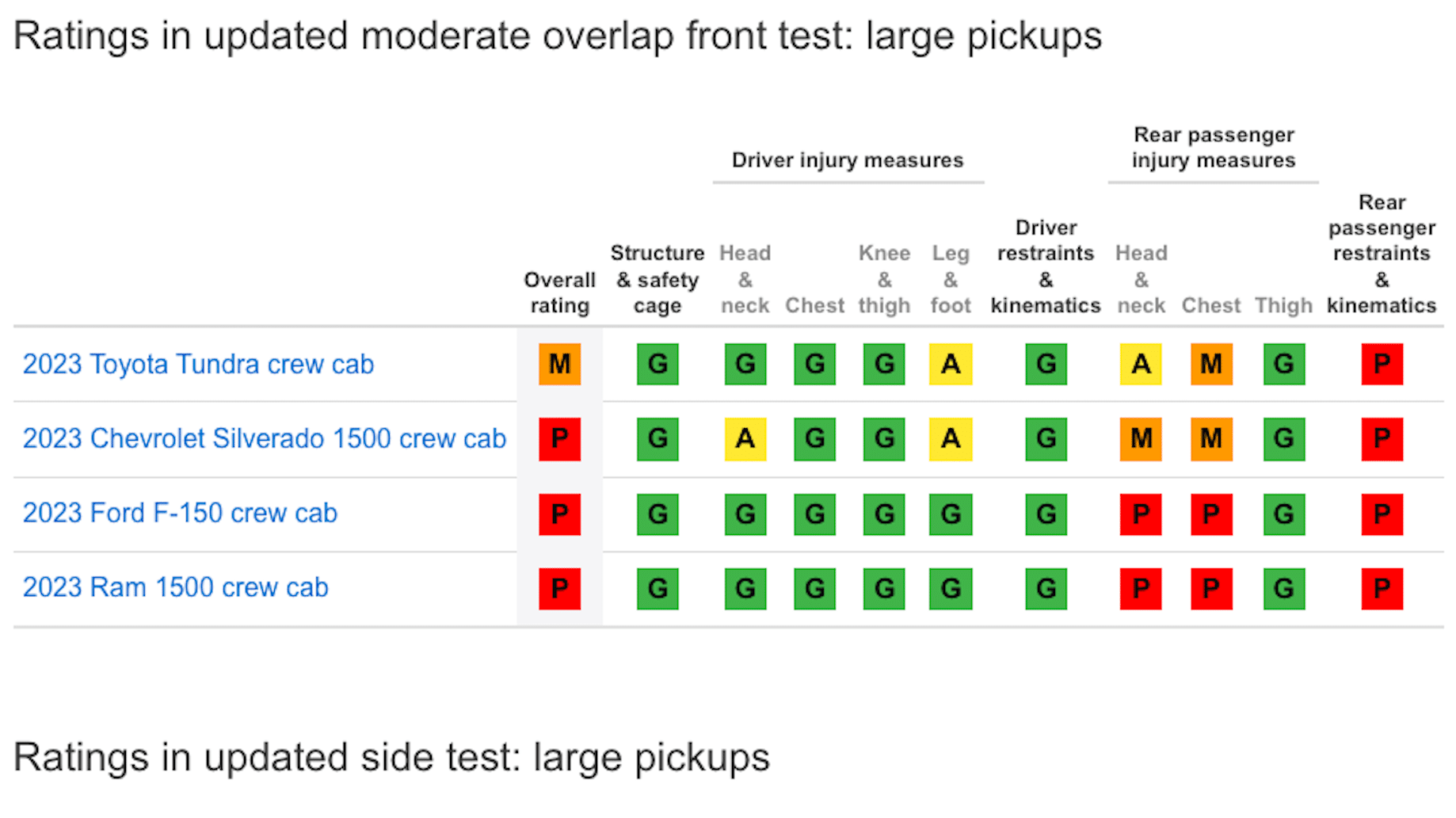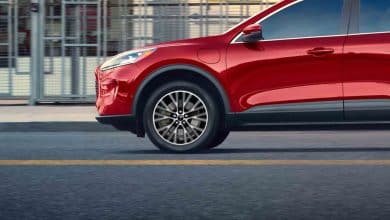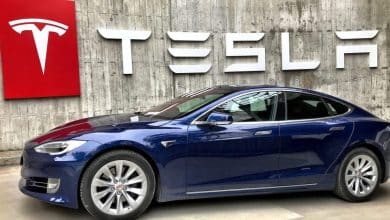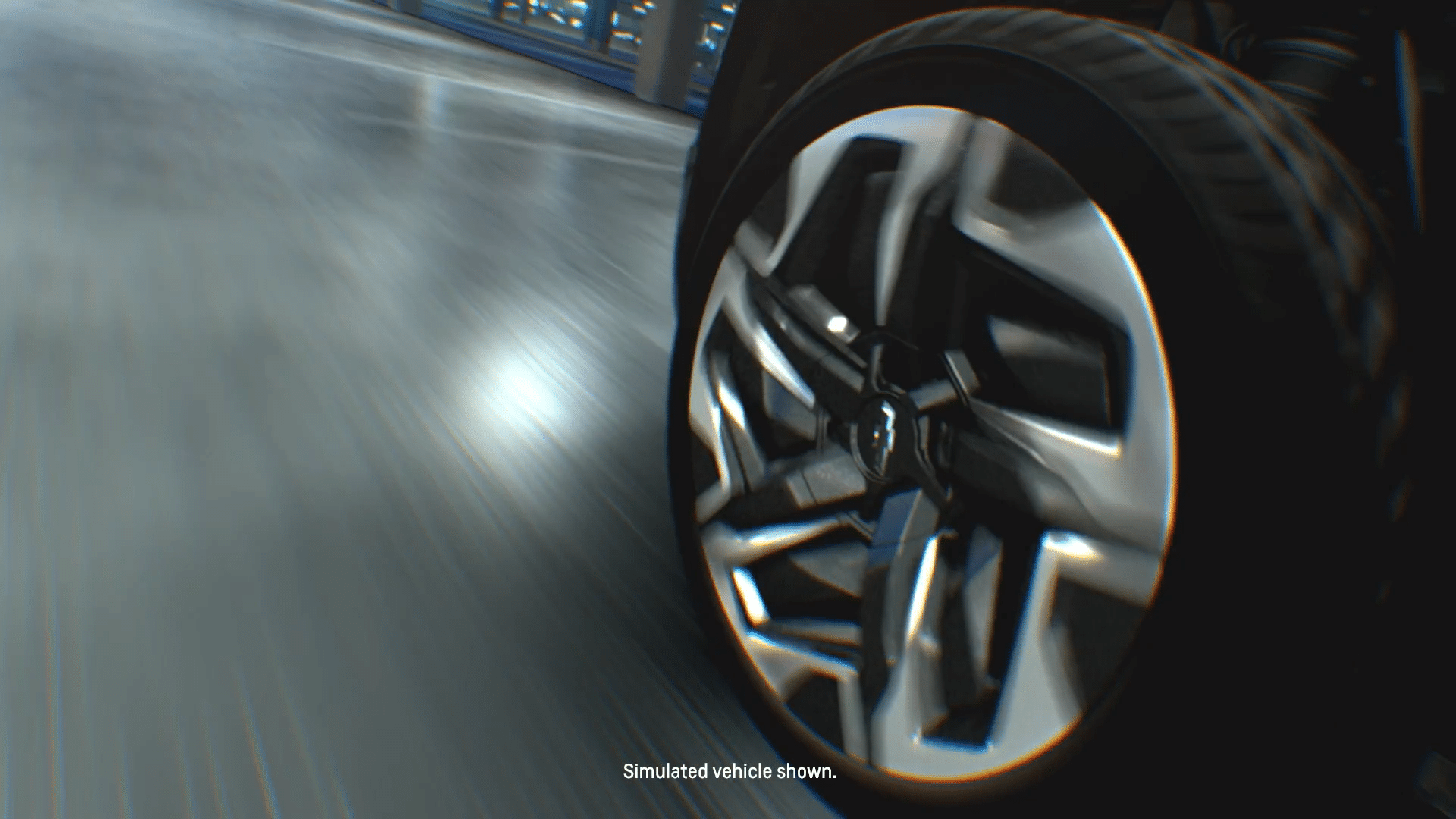
The car safety tests are refined from year to year. Stricter and better adapted to road reality, these tests make life difficult for vehicles whose objective is to ensure the safety of the occupants. The increased degree of difficulty of the evaluations also made it possible to discover, a few weeks ago, that the vans sold on the North American market do not adequately protect the passengers seated behind. This is what theInsurance Institute for Highway Safety (IIHS), the American agency that carries out these tests, has revealed that the 4 most popular full-size pickup trucks are also not able to adequately protect occupants seated in the rear. A situation to be corrected, according to the organization.
1 marginal rating, 3 mediocre
The four 2023 crew cab vehicles that completed the new test, namely the Ram 1500, the Ford F-150, the Toyota Tundra and the Chevrolet Silverado 1500, experienced difficulties during testing.
The assessment, which was amended to now assess the safety of occupants in the rear of vehicles, highlighted that the vans were more proficient at protecting occupants in the front than those seated behind.
With the exception of the Silverado, which earned an “Acceptable” rating, the group earned the top “Good” rating for side crash safety. Unfortunately, the same cannot be said for the protection of those in the rear.
Indeed, the results get tougher in the also updated moderate overlap front crash test. Among the 4 competitors, only the Tundra managed to obtain the “marginal” rating, which is not glorious in itself. The other 3 received a “poor” rating for rear occupant protection, the worst of all.

Are the vehicles dangerous?
This observation does not mean that the seats of the 2e row are less secure than previously. Rather, it clarifies that manufacturers have provided improved safety airbags, better seat belts and other features for front occupants, but these are often not accessible to rear passengers.
IIHS officials said the agency’s tests are periodically updated to keep up with new technologies and trends in the auto industry. This means that side impact analyzes are more intense, and that the tests can simulate the collision forces generated by electric vehicles, pickup trucks and heavier SUVs today.

By improving its testing, the organization is in a better position to identify the vehicle that deserves the highest decoration, the “Top Safety Pick” award. The more realistic the experiments, the more limited number of motor vehicles are able to get their hands on the distinction. Several previously well-regarded vehicles have lost their “Top Safety Picks,” and the IIHS’s updated moderate overlap test has narrowed the field even further.
Despite this finding, the IIHS said children are still safest in back seats and noted that its lower ratings do not apply to children properly restrained in protective seats. It is possible to view the evaluation videos on the IIHS website.












